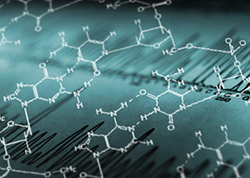The Anatomy of Mold
If you happen to live in a New Jersey, you may find that your home is more at-risk for the detrimental effects of mold due to our periodically damp climate. Mold is often a quiet predator, lurking in dark, damp spaces and wreaking a silent havoc on your home’s structural integrity.
Some things to know about mold include:
Moisture is the Culprit
Moisture can facilitate the growth of mold in and around your home and business. The best description of mold is that it is a furry, dark fungus that thrives in dark, moist spaces. With so many nooks and crannies in the constructs of your home and building, there are numerous alluring places for mold to grow.
What to Do If You Suspect You Have Mold
When you suspect that your home or building has become a breeding ground for mold, contact professionals for mold treatment services. Don’t delay action; breathing in mold spores can cause respiratory issues and illness among those living and working in the building. Feel like your allergies are acting up? Be sure that it isn’t the repercussions of mold growth in your home.
What Can Happen?
In addition to the health complications that can be caused, the consequences of mold extend to your primary investment: your home or building. Mold can compromise the integrity of your building’s structure, which over time, can result in deterioration and rot.
If your property is in NJ, NYC, or Long Island, you are in luck. Stern Mold provides services to these areas for anyone who is concerned about mold. Contact our team at www.SternMold.com for more information and a free mold inspection.

